Recommended sushi restaurants in Okinawa, Japan
-

Muzoe Kurazushi Okinawa Nago Branch
Sushi restaurant in Okinawa [SUSHILIVE comment] -


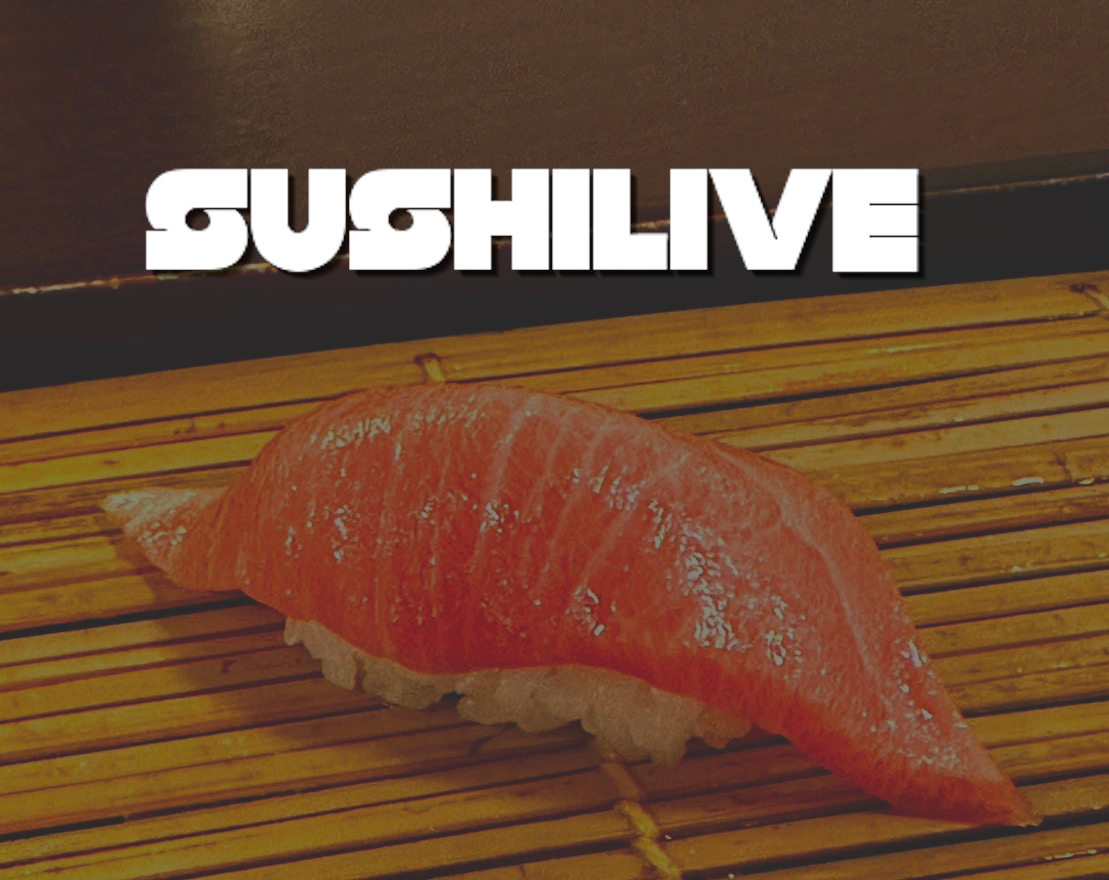
Hitokuchi-tei - Yaeyama's specialty restaurant
Sushi restaurant in Okinawa [SUSHILIVE comment] -



Sushi Yaginuma
Sushi restaurant in Okinawa [SUSHILIVE comment] -



Umi no Chinboraa
Sushi restaurant in Okinawa [SUSHILIVE comment] -



Sushi Tsumugi
Sushi restaurant in Okinawa [SUSHILIVE comment] -



Sushi Nerima
Sushi restaurant in Okinawa [SUSHILIVE comment] -



Chic Japanese Restaurant Usuaku
Sushi restaurant in Okinawa [SUSHILIVE comment] -



Sushi Yayoi
Sushi restaurant in Okinawa [SUSHILIVE comment] -



Robata Izakaya Shogun
Sushi restaurant in Okinawa [SUSHILIVE comment] -



Kitaro Sushi Naha Kumoji Branch
Sushi restaurant in Okinawa [SUSHILIVE comment] -



Fish Restaurant "Uomaru
Sushi restaurant in Okinawa [SUSHILIVE comment] -



sushi kancho
Sushi restaurant in Okinawa [SUSHILIVE comment] -



Kisaku
Sushi restaurant in Okinawa [SUSHILIVE comment] -



Hikohiko Palette Store
Sushi restaurant in Okinawa [SUSHILIVE comment] -



Minister of Health, Labour and Welfare
Sushi restaurant in Okinawa [SUSHILIVE comment] -



Hanshiro House
Sushi restaurant in Okinawa [SUSHILIVE comment] -



Minato Sushi
Sushi restaurant in Okinawa [SUSHILIVE comment] -



Sawa
Sushi restaurant in Okinawa [SUSHILIVE comment] -



Sushi Kawasaki
Sushi restaurant in Okinawa [SUSHILIVE comment] -



marketplace
Sushi restaurant in Okinawa [SUSHILIVE comment] -



Kotobuki
Sushi restaurant in Okinawa [SUSHILIVE comment] -



Fish and Cherry Public Markets Store
Sushi restaurant in Okinawa [SUSHILIVE comment] -



Hidezushi
Sushi restaurant in Okinawa [SUSHILIVE comment] -



"dream sushi" eaten on New Year's Eve
Sushi restaurant in Okinawa [SUSHILIVE comment] -



heterosexual male
Sushi restaurant in Okinawa [SUSHILIVE comment] -



Ryukyu Sushi Tsukiji Aozora Sandai Naha Honten
Sushi restaurant in Okinawa [SUSHILIVE comment] -



seeming to be going downstream
Sushi restaurant in Okinawa [SUSHILIVE comment] -



Yakigakiya Oysters and Sushi
Sushi restaurant in Okinawa [SUSHILIVE comment] -



SHIKAKU
Sushi restaurant in Okinawa [SUSHILIVE comment] -



Kitaro Sushi Naha Matsuyama
Sushi restaurant in Okinawa [SUSHILIVE comment]
Recommended conveyor belt sushi restaurants in Okinawa, Japan
-


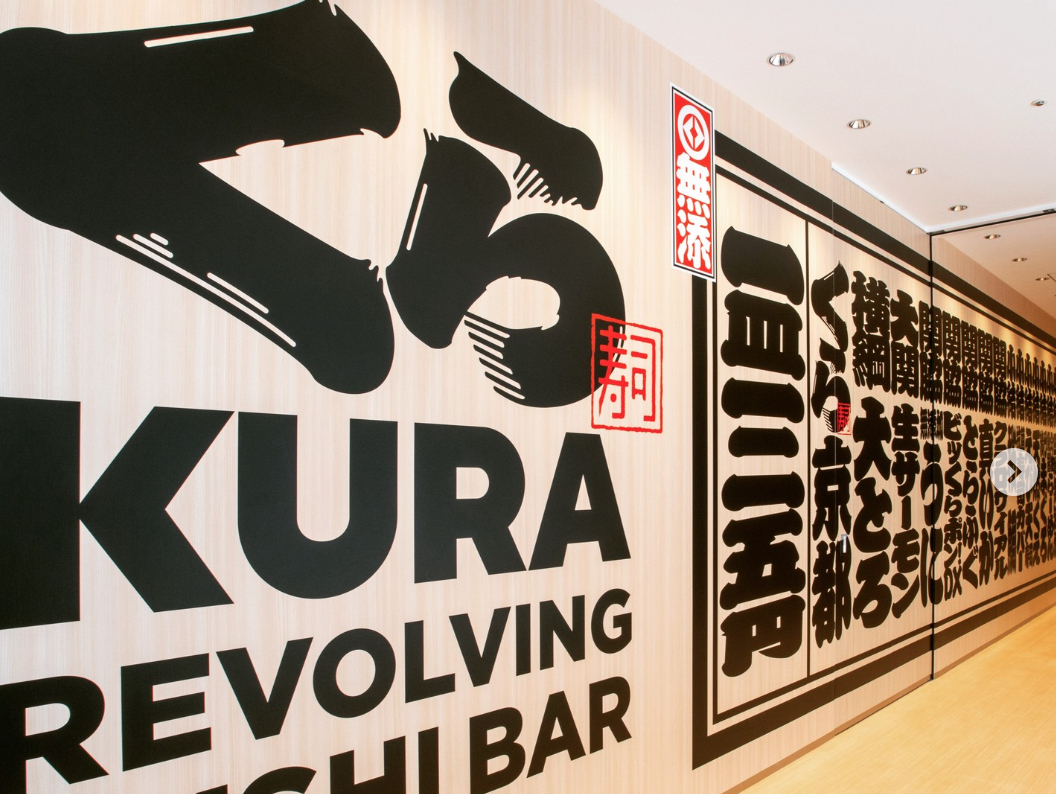
Kura Sushi AEON MALL Okinawa Lycoming
Sushi restaurant in Okinawa [SUSHILIVE comment] -


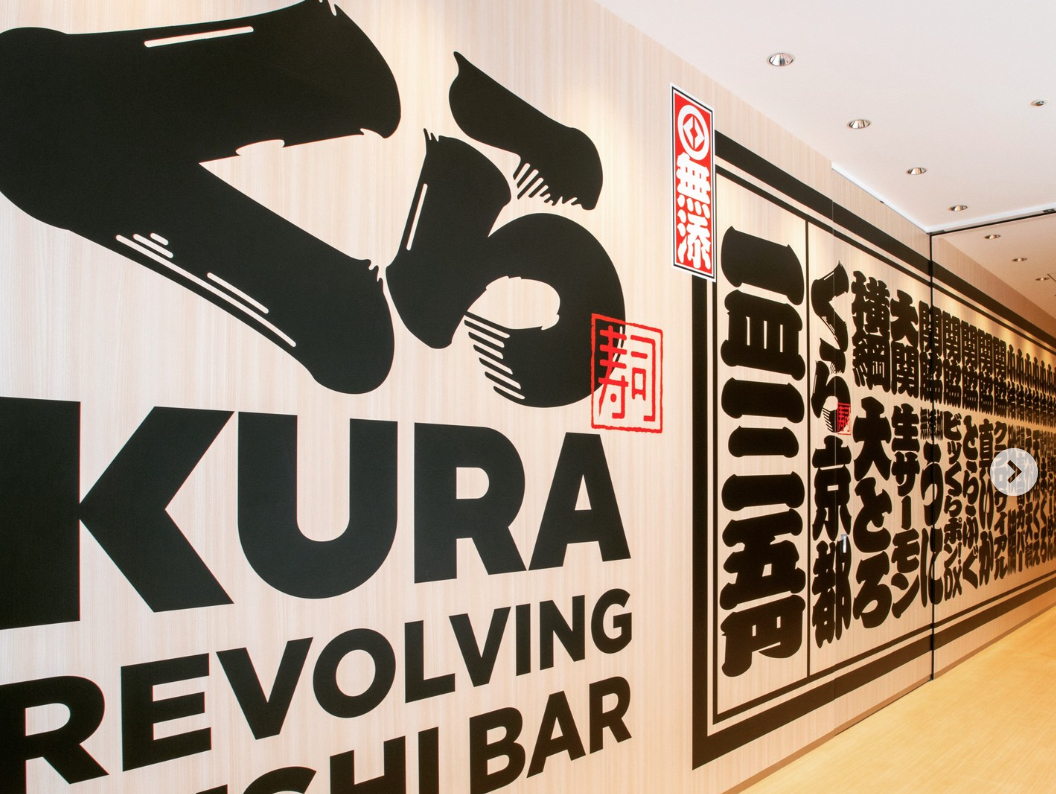
Kura Sushi Okinawa Toyosaki Store
Sushi restaurant in Okinawa [SUSHILIVE comment] -


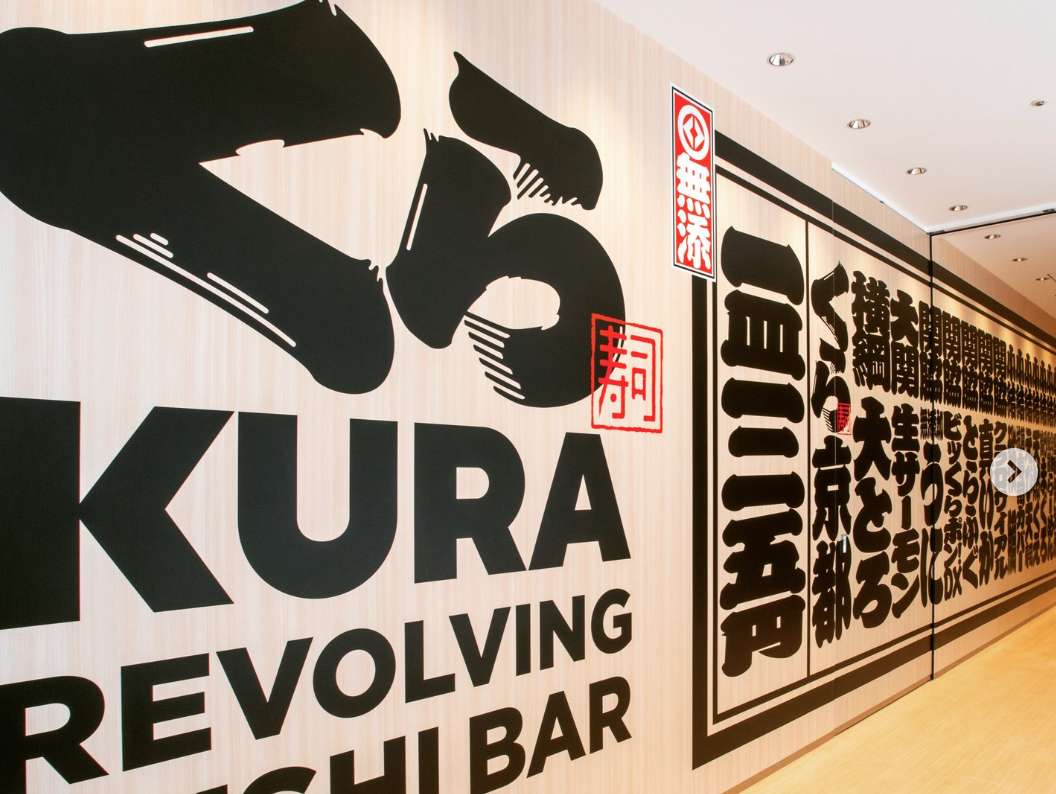
Kura Sushi Okinawa Chatan Branch
Sushi restaurant in Okinawa [SUSHILIVE comment] -


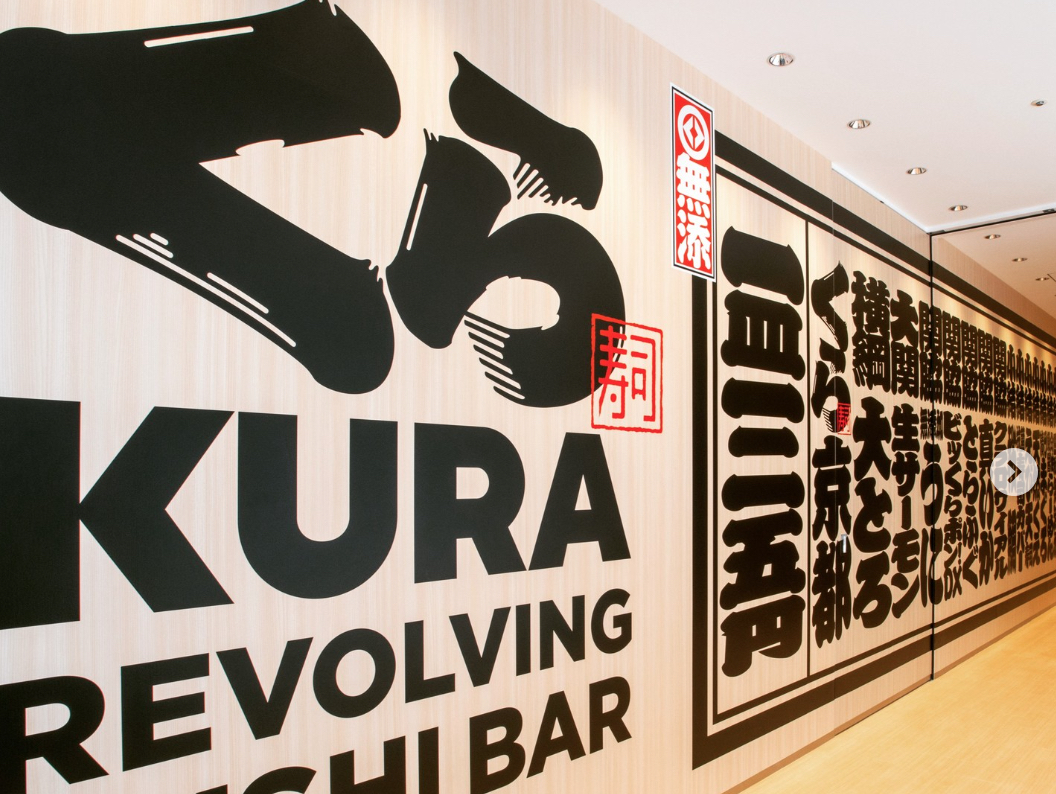
Kura Sushi Okinawa Nago Branch
Sushi restaurant in Okinawa [SUSHILIVE comment] -


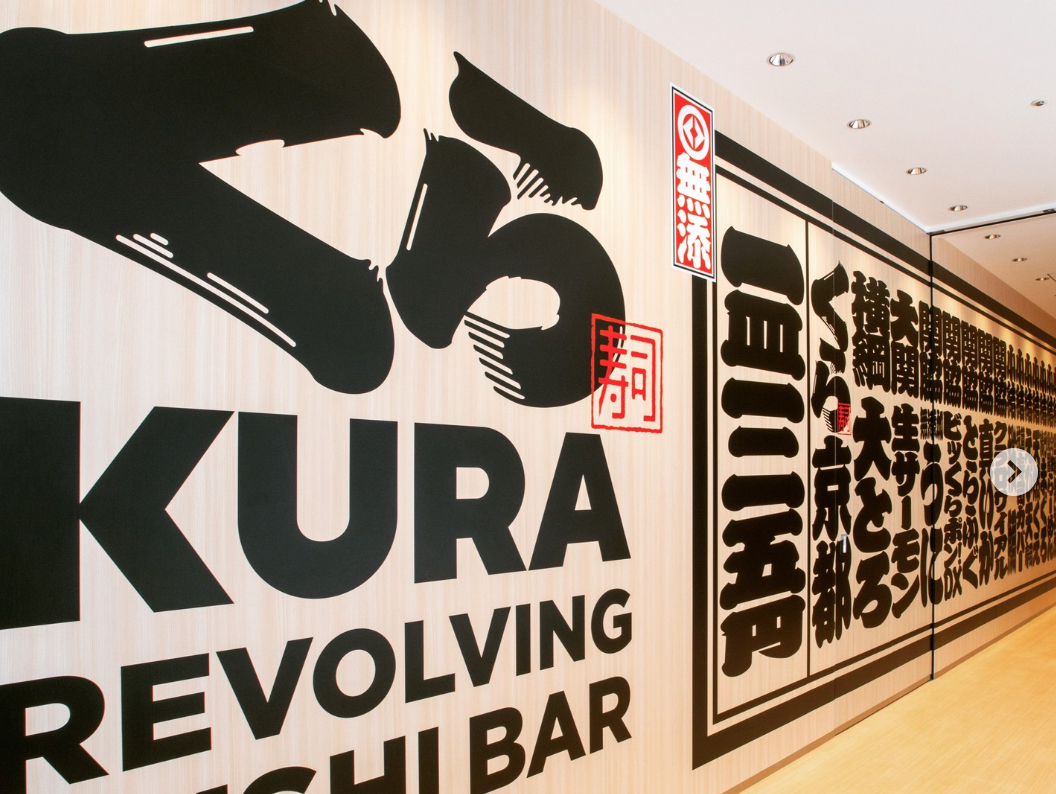
Kura Sushi Across Plaza Furushima Ekimae
Sushi restaurant in Okinawa [SUSHILIVE comment] -


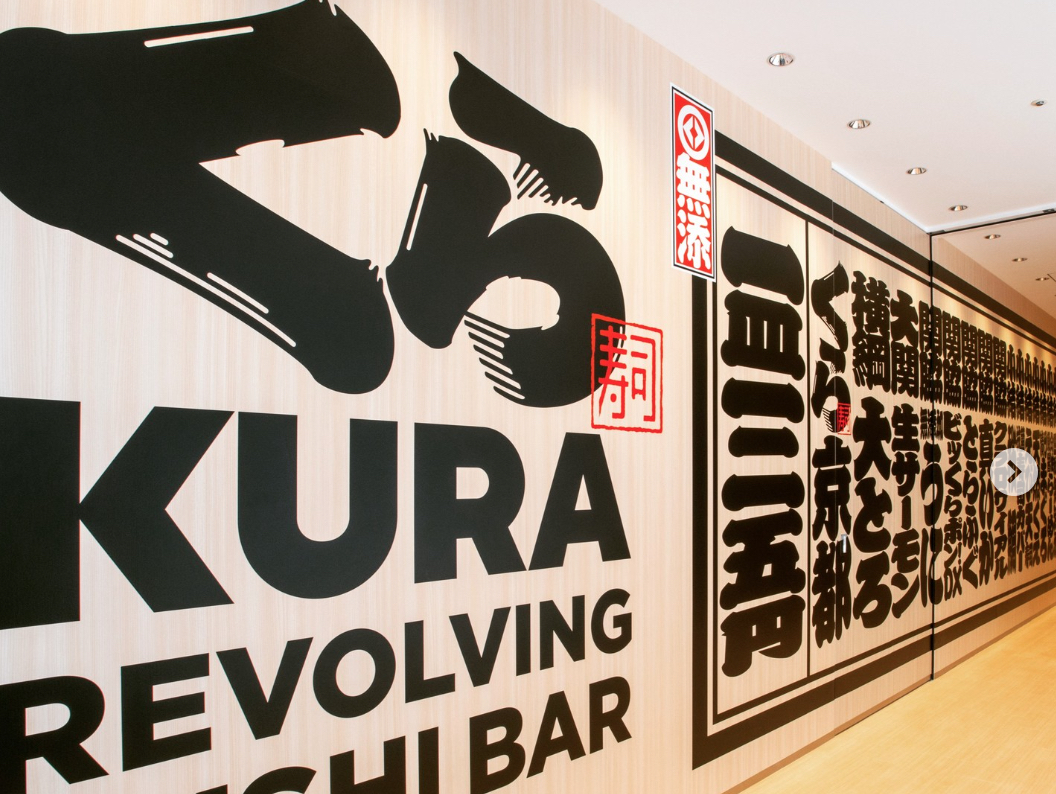
Kura Sushi ABLO Uruma Store
Sushi restaurant in Okinawa [SUSHILIVE comment] -


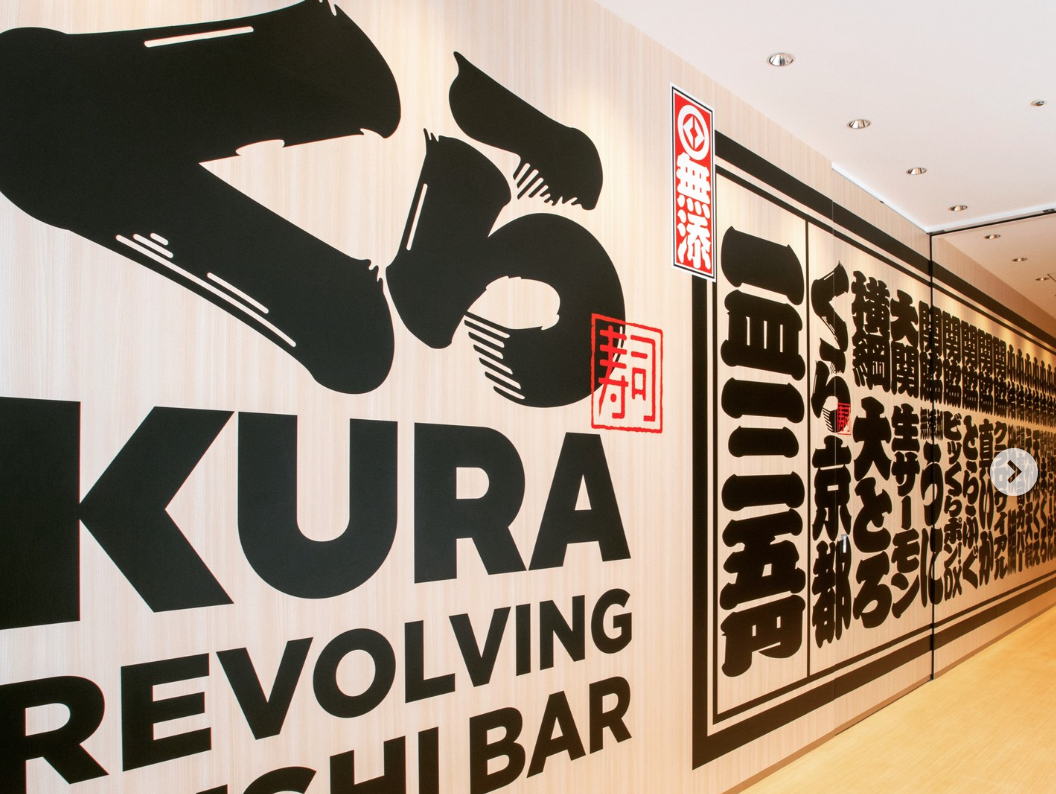
Kura Sushi Aeon Naha Store
Sushi restaurant in Okinawa [SUSHILIVE comment] -


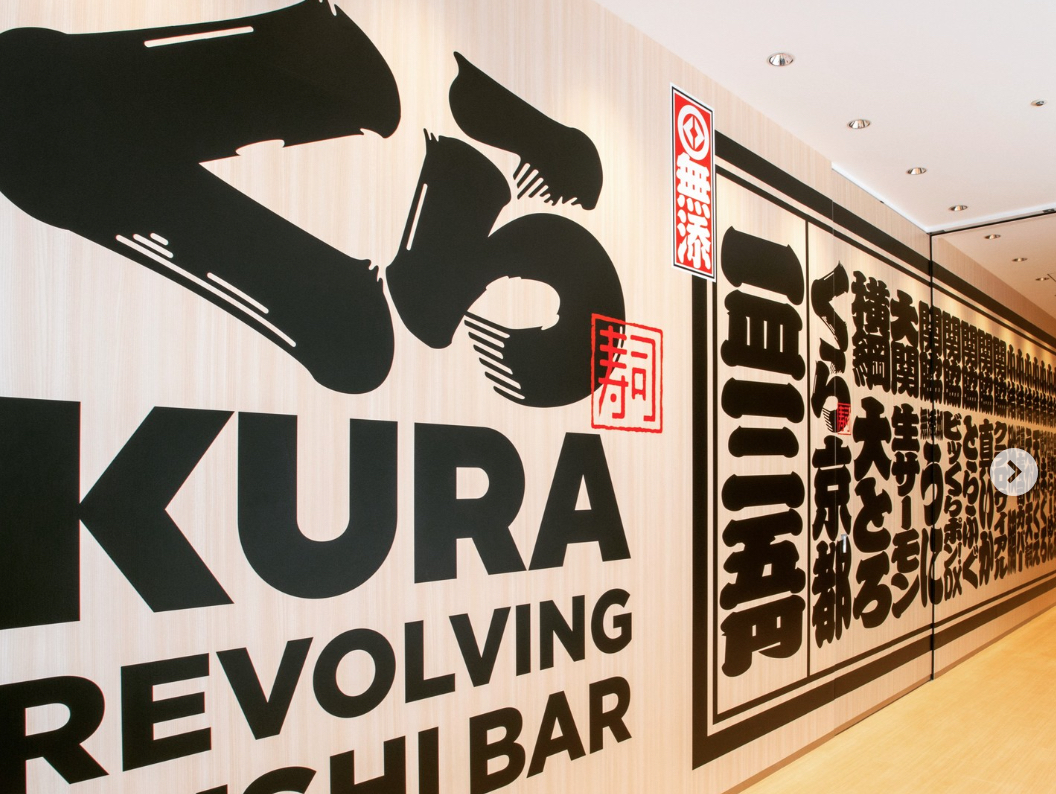
Kura Sushi Aeon Nanpuhara Store
Sushi restaurant in Okinawa [SUSHILIVE comment] -


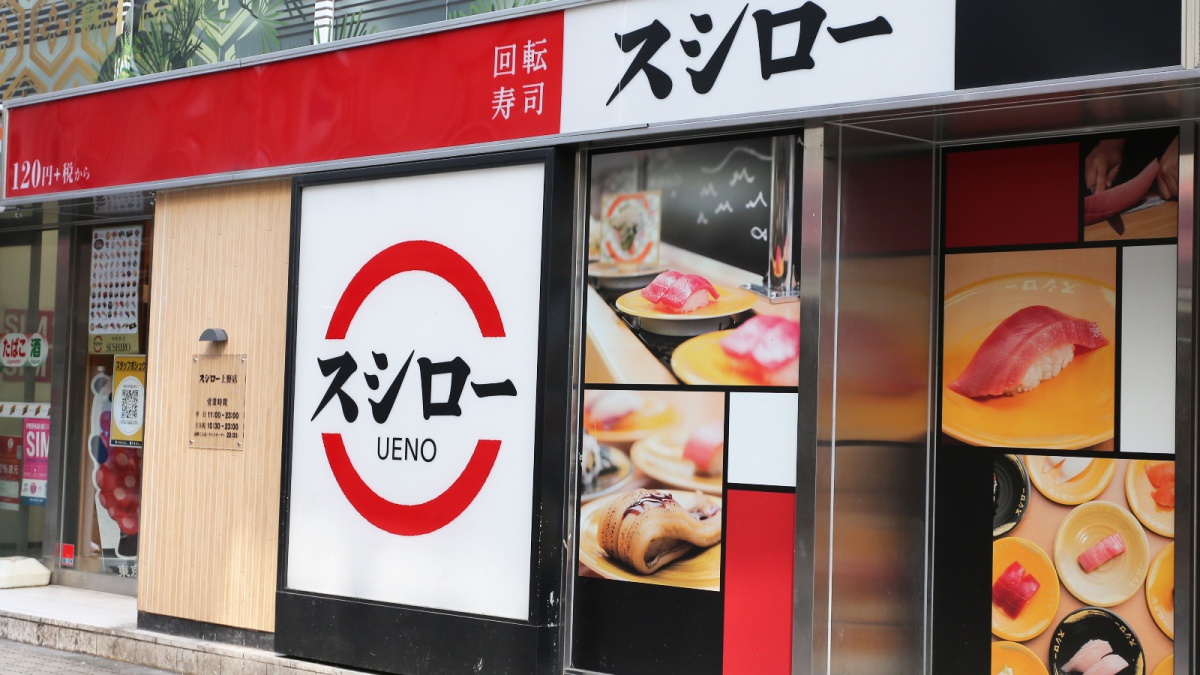
Sushiro Urasoe Barclays Court
Sushi restaurant in Okinawa [SUSHILIVE comment] -


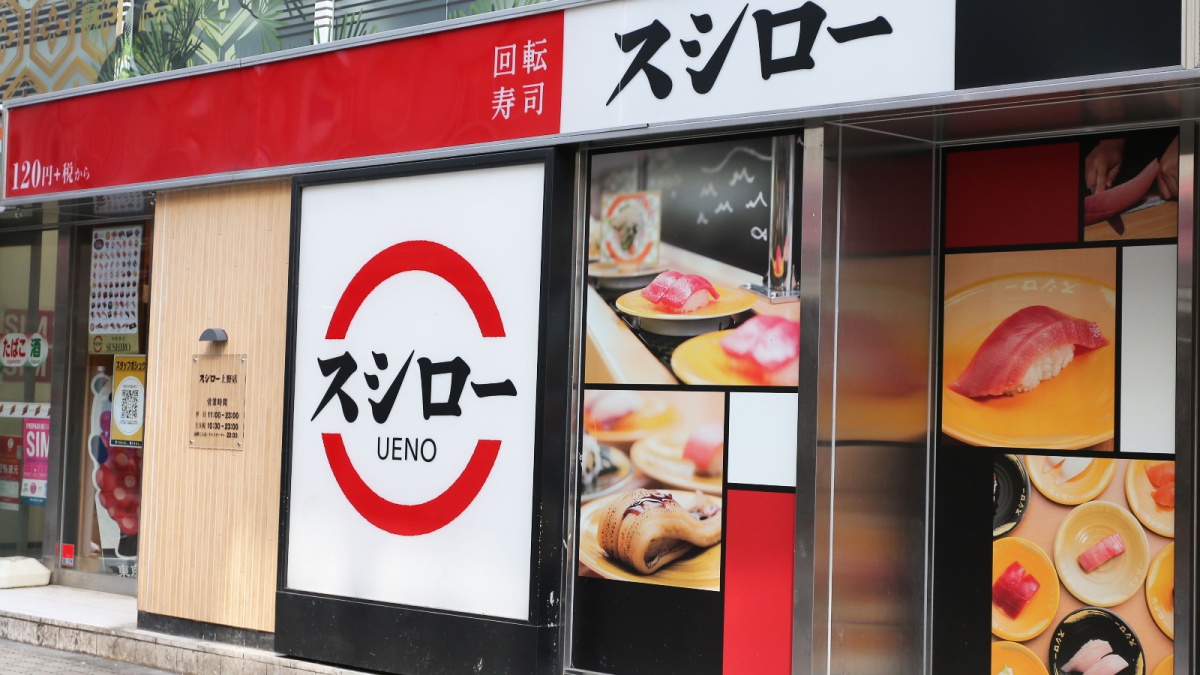
Sushiro Itoman Nishizaki
Sushi restaurant in Okinawa [SUSHILIVE comment] -


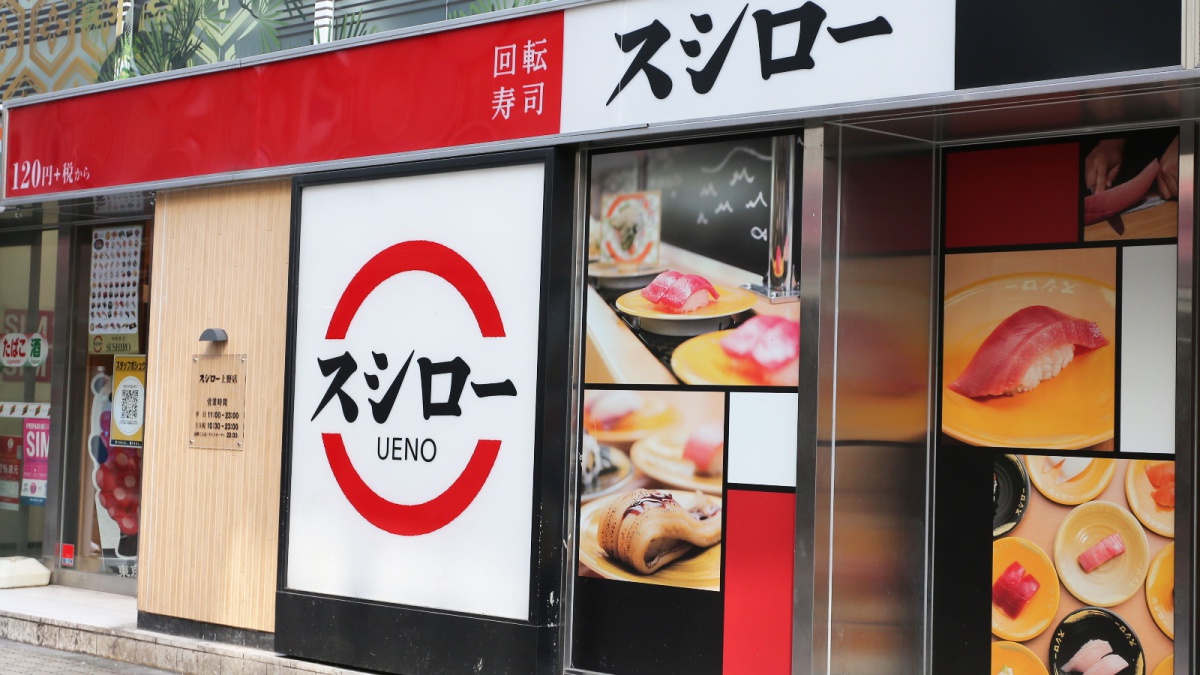
Sushiro Naha Tenkyu
Sushi restaurant in Okinawa [SUSHILIVE comment] -


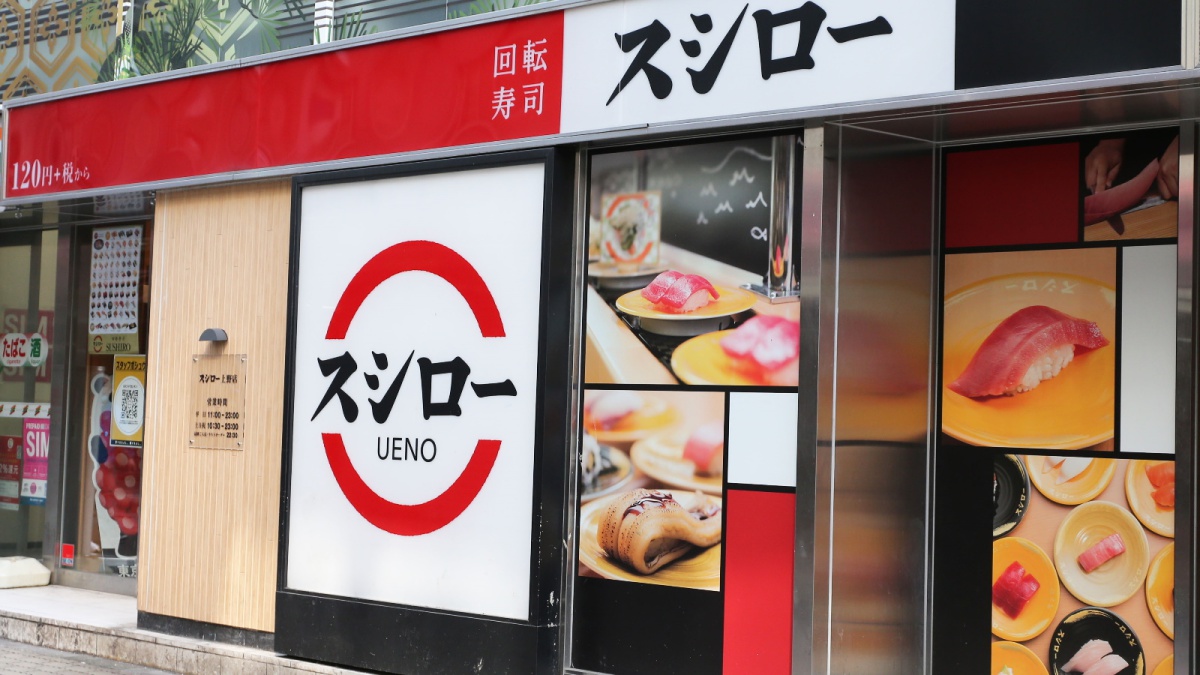
Sushiro Uruma Midori Town
Sushi restaurant in Okinawa [SUSHILIVE comment] -


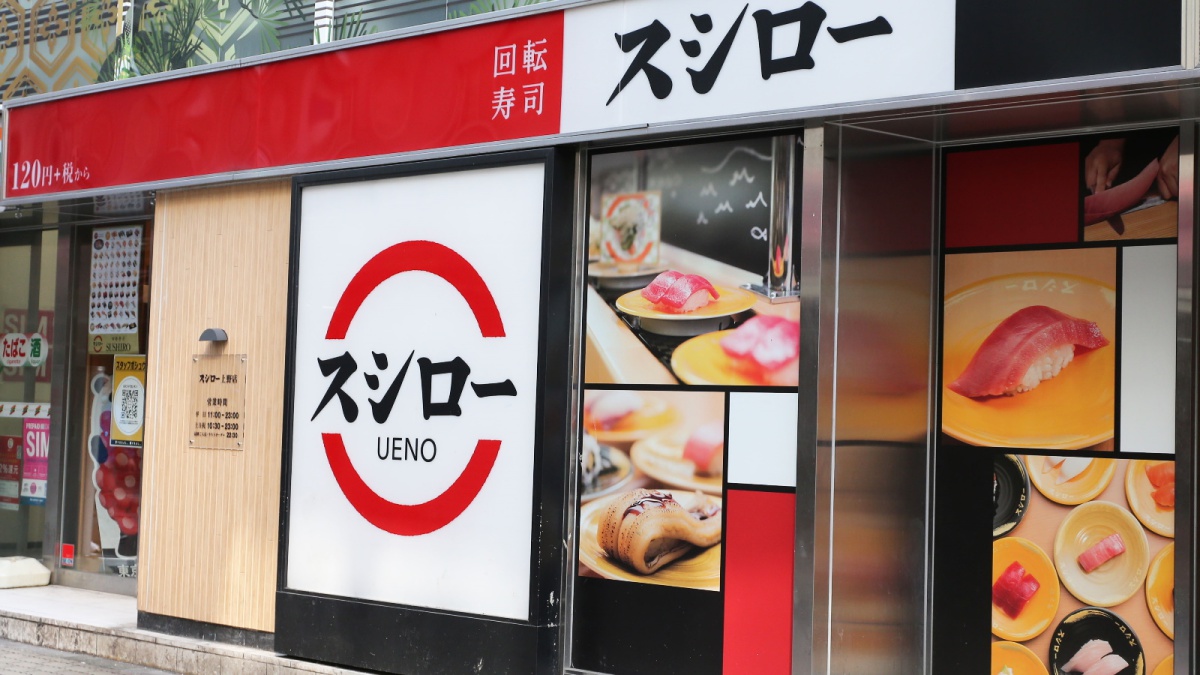
Sushiro Beigu (region in Japan)
Sushi restaurant in Okinawa [SUSHILIVE comment] -


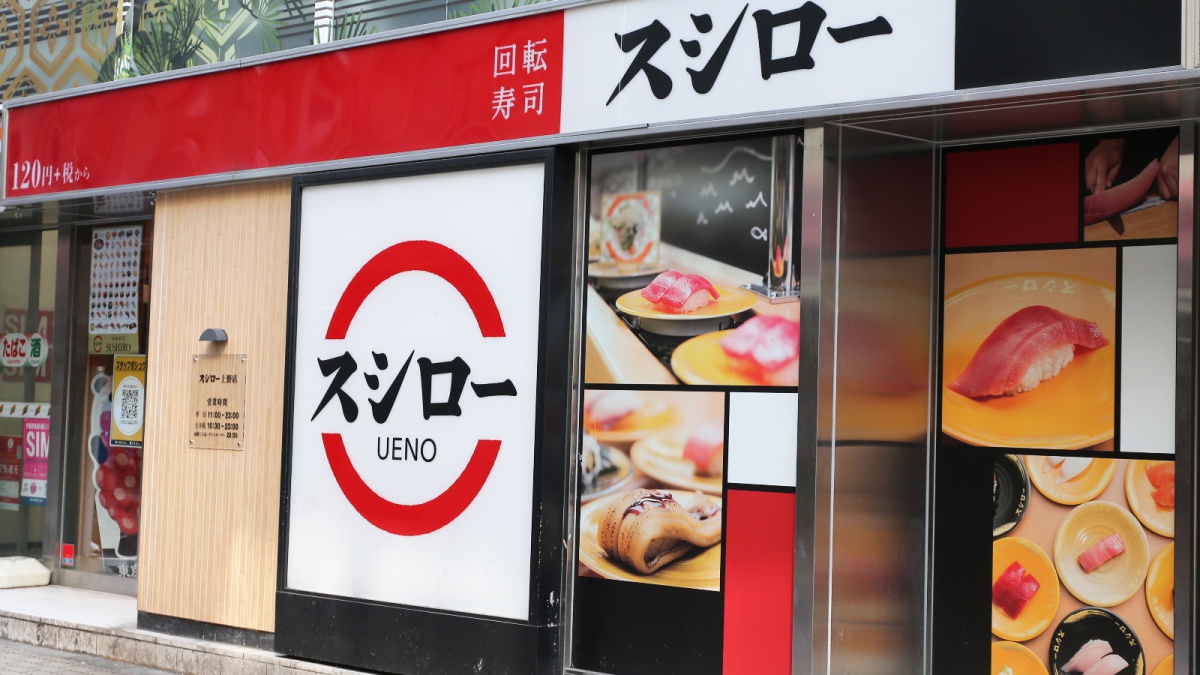
Sushiro Okinawa Sumiyoshi
Sushi restaurant in Okinawa [SUSHILIVE comment] -


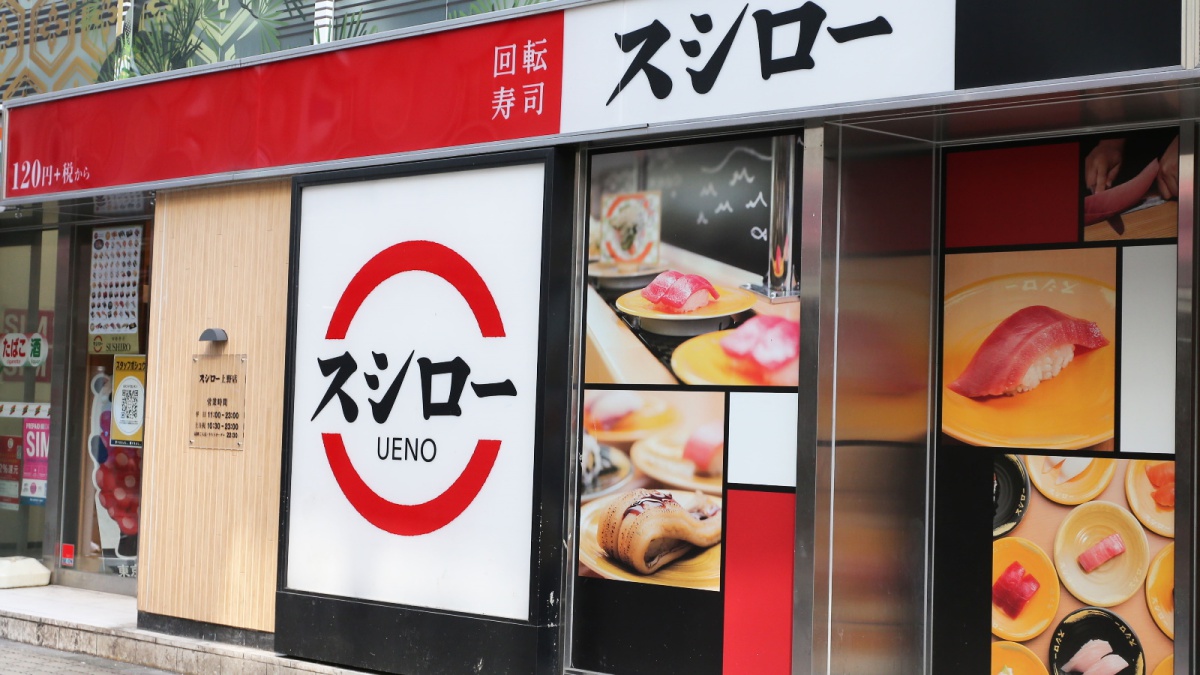
Sushiro Naha Kokusai-dori Branch
Sushi restaurant in Okinawa [SUSHILIVE comment] -


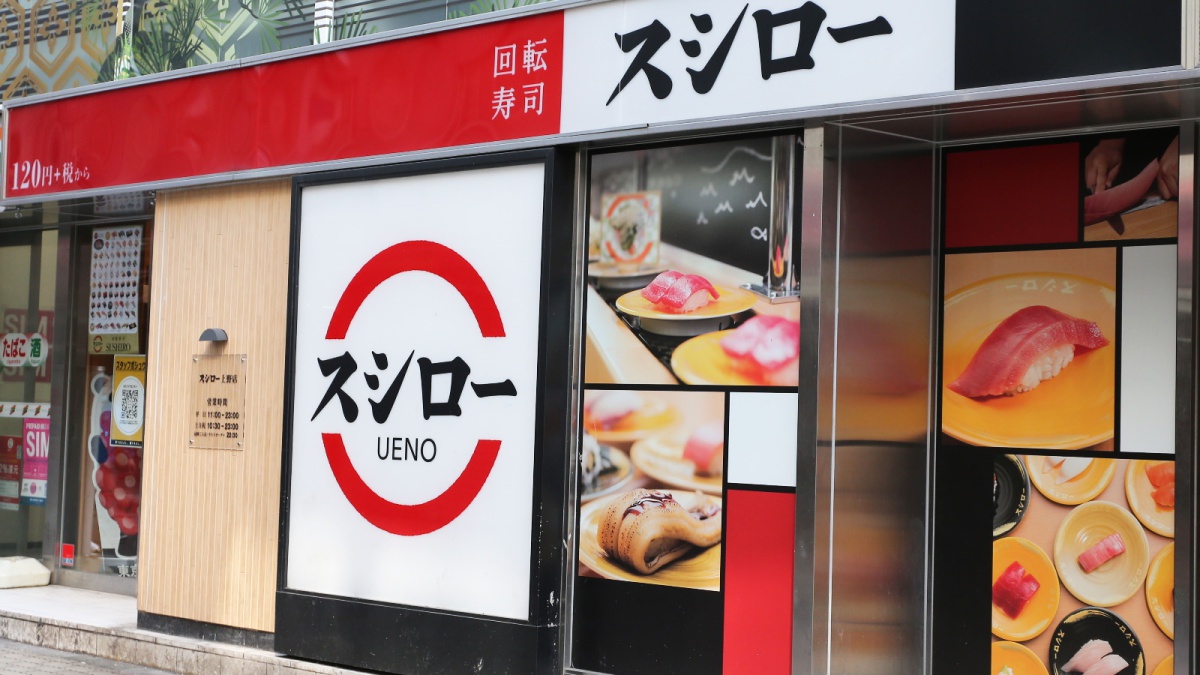
Sushiro Haruninsu Ginowan
Sushi restaurant in Okinawa [SUSHILIVE comment]
Characteristics of Okinawa’s Cuisine
Tropical Paradise, The Charm of Okinawa
Okinawa Prefecture is a region located at the southern tip of the Japanese archipelago, consisting of the Ryukyu Islands, and is characterized by beautiful nature and a unique culture. It is known for its limestone terrain formed by raised coral reefs, and its coastline is intricately indented. Blessed with a subtropical climate, it enjoys warm weather throughout the year, nurturing a rich natural environment.
With a population of approximately 1.4 million and an area of about 2,258 square kilometers, it ranks 47th in size among Japan’s prefectures. The economy is primarily service-based, centered around tourism.
Okinawa has developed its own culture over a long history. Historical buildings from the Ryukyu Kingdom era, such as Shuri Castle and Shikinaen, as well as traditional crafts, music, and dance, are still preserved today.
In recent years, the number of tourists has increased, exceeding 10 million annually in 2019. Many people from both within Japan and abroad visit in search of beautiful seas, nature, and unique culture.
Okinawa is a region with a distinctive charm woven from nature and culture. It attracts attention not only as a tourist destination but also for its rich culture, history, and the lives of its people.
A Tale Woven from Nature and Culture
Okinawa’s history is ancient, with evidence of human habitation dating back about 20,000 years. In the 14th century, the Ryukyu Kingdom was established, thriving through trade with China and Southeast Asia. In the 17th century, it was invaded by the Satsuma Domain and later annexed by Japan during the Meiji Era.
Even today, remnants of the Ryukyu Kingdom era, such as Shuri Castle and Shikinaen, historical buildings, traditional crafts, music, and dance, are still preserved.
Recently, the number of tourists has increased, with more than 10 million visitors annually in 2019. Many people from both within Japan and abroad visit in search of beautiful seas, nature, and unique culture.
A Culinary Journey Woven from Diverse Ingredients and Tradition
Okinawa’s food culture has been nurtured by its unique history and environment.
- Diverse Ingredients
Okinawa’s seas yield a bounty of seafood, including tuna, bonito, squid, and shrimp. Subtropical climate vegetables and fruits, such as bitter melon, tomatoes, and papayas, also adorn dining tables. Additionally, pork and goat meat are commonly consumed, forming a unique food culture. - Traditional Food Culture
Okinawa’s food culture has been influenced by China and Southeast Asia. For example, Okinawa soba is believed to have its roots in noodle dishes brought from China. Goya champuru is thought to originate from Chinese stir-fry dishes. - Healthy Eating Habits
Okinawa is known as the island of longevity, partly due to its food culture. Okinawan cuisine heavily utilizes vegetables and seaweeds, rich in vitamins and minerals. Pork and goat meat, being low in fat, are favored as healthy ingredients. - Evolving Food Culture
In recent years, Okinawa’s food culture has also been changing. Influenced by mainland Japanese cuisine, a variety of food genres, including Western and Chinese dishes, have become available. However, traditional Okinawan cuisine remains popular and beloved by many.
Tradition and Innovation Woven into Okinawa’s Sushi
Okinawa’s sushi culture has evolved uniquely, different from the mainland’s, with a history dating back to the Edo period. Traditional sushi houses served chirashi sushi rather than the nigiri sushi common today. Unique sushi using Okinawan seafood has also emerged. Soki soba sushi, for instance, incorporates Okinawa soba noodles as a sushi ingredient.
Recently, unique sushi like sea grape sushi and goya champuru sushi have gained popularity. Mainland sushi chefs moving to Okinawa and offering new styles of sushi are increasing. Creative sushi using Okinawan ingredients is also gaining attention.
Okinawa’s sushi culture continues to innovate while preserving tradition.
The Blessings of Okinawa’s Sun and Sea, A Treasury of Attractive Specialties
Okinawa Prefecture, blessed with a warm climate and rich nature, produces uniquely attractive specialties.
The “beni-imo,” grown under abundant sunlight, represents Okinawa. Its rich sweetness and vivid purple color are used in a wide range of sweets and dishes.
Sea grapes, cultivated in Okinawa’s seas, are a type of seaweed known for their popping texture and sea aroma, versatile in various dishes.
Bitter melon is an indispensable ingredient in Okinawan home cooking. Its bitterness and high nutritional value have garnered attention from health-conscious individuals.
Agu pork, a traditional Okinawan breed, is known for its low fat content, tender texture, and sweet flavor.
Chinsuko is a representative Okinawan confection made from flour, sugar, and lard, popular as a souvenir for its simple taste.
Shikuwasa, a type of citrus, is characterized by its refreshing acidity, used in juices, dressings, and various processed products.
Salt, traditionally produced by sun-drying sea water, is rich in minerals and enhances the flavor of dishes.
Awamori, Okinawa’s traditional distilled liquor made from rice, offers a unique taste, enjoyable on the rocks or diluted with water.
These specialties are the fruits of Okinawa’s abundant nature and culture. Be sure to savor them when visiting Okinawa.

